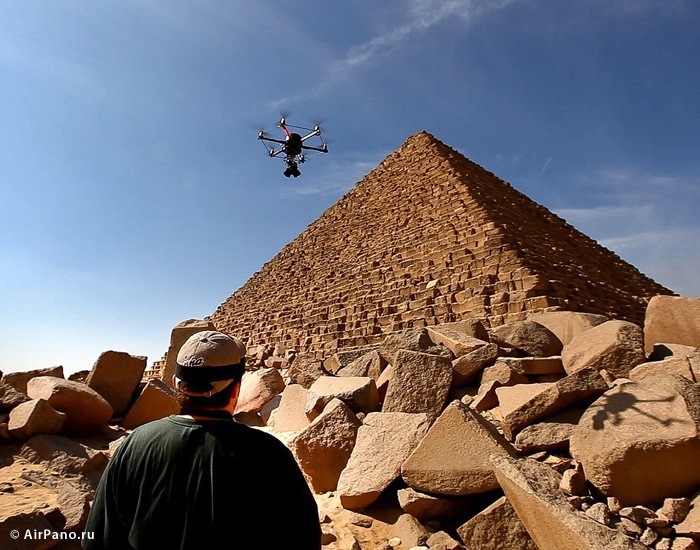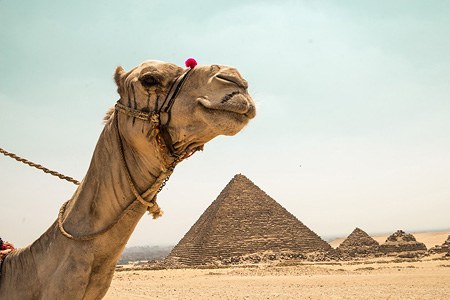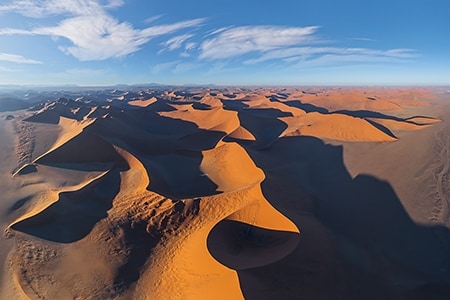Great Pyramids of Giza in Egypt
This story was written back in 2011. Unfortunately, we were no longer able to repeat drone flights over the Pyramids. The good news is that the Pyramids have not changed during this time :)
There are not so many monuments on Earth that are as famous and ancient as the Egyptian pyramids. “Everything in the world fears time, yet time fears the pyramids,” says the Arab proverb. Constructed in the Old Kingdom during the reign of the fourth, fifth and sixth dynasties, the pyramids have experienced the ups and downs of many civilizations and empires. And despite several centuries of research, these monuments have still preserved its secrets.

The Pyramid of Cheops, also known as the Great Pyramid of Giza or the Pyramid of Khufu, is the largest: it reaches a height of 138.5 meters, the sides of the base extend for 230.4 meters. Inside, there are three large rooms and many passages, shafts and tunnels. Above one of the galleries, a chamber being 30 meters long and about 2 meters high has been recently found. Its purpose has not been established, in the same way as the purpose of the Cheops pyramid itself: although it was built for this emperor, he was not buried inside it.
In 2570 BC, the son of Cheops, Pharaoh Khafre (or Chephren), erected a pyramid nearby that rises at 136.4 meters. From certain angles, it seems higher but this is only an optical illusion which is explained by the steeper slope of the walls, as well as the location at the highest point of the necropolis of Giza.

Behind it, there is the 62-meter pyramid of his son Menkaure. Legends say that such a modest size of the structure is explained by the short years of the pharaoh's life; while Herodotus called him a fair and merciful ruler who, perhaps, did not want to exploit people’s force in vain. Either way, this is one of the numerous mysteries of the famous Egyptian pyramids.
Another outstanding monument on the Giza plateau is the Great Sphinx, the oldest surviving monumental sculpture on Earth. In ancient Egyptian art, the sphinx was an animal with the body of a lion and the head of a man. Pharaohs were often depicted as lions which symbolized the divinity of their rule. The Great Sphinx, created around 2500 BC, was given a portrait resemblance to the then reigning Pharaoh Khafren and the monument itself was erected not far from his pyramid facing the Nile and the rising sun. The statue is 73 meters long and 20 meters high. In the past, there was a small sanctuary between the forepaws. From the middle of the 22nd century BC, the necropolis of Giza began to fall into desolation, and the desert occupied the space. The Sphinx was buried up to the shoulders with sand and was completely dug up only by the middle of the 20th century so that now we can admire this stunning monument shown in the AirPano panoramas.

The Giza plateau is located not far from Cairo: in fact, it found itself on the southwestern outskirts. The city expands and approaches ancient monuments, creating a striking contrast between history and modernity.
Photo by Sergey Semenov, Stas Sedov
23 June 2023
Read more
Photogallery Egypt. Great Pyramids
Egypt. Great Pyramids
 Egypt. Great Pyramids
Egypt. Great Pyramids
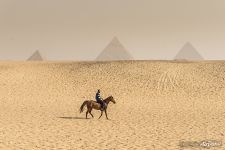 Great Pyramids of Giza
Great Pyramids of Giza
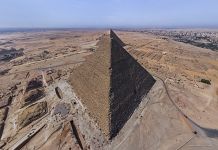 Pyramid of Cheops #1
Pyramid of Cheops #1
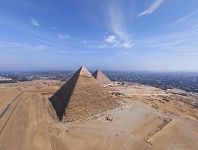 Pyramid of Khafre and Pyramid of Cheops. View from the Pyramid of Menkaure
Pyramid of Khafre and Pyramid of Cheops. View from the Pyramid of Menkaure
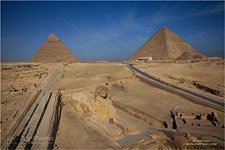 Egypt. Great Pyramids
Egypt. Great Pyramids
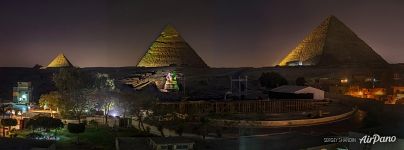 Pyramids and Sphinx
Pyramids and Sphinx
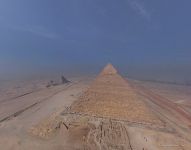 Pyramid of Khafre
Pyramid of Khafre
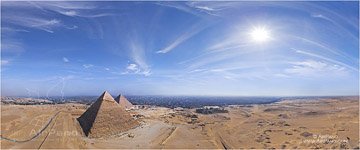 Egypt. Great Pyramids
Egypt. Great Pyramids
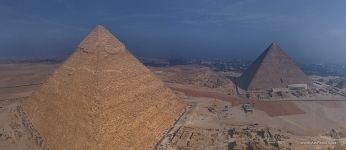 Pyramid of Khafre and Pyramid of Cheops. Panorama
Pyramid of Khafre and Pyramid of Cheops. Panorama
 Camel and the pyramids
Camel and the pyramids
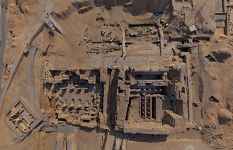 Temples of Sphinx
Temples of Sphinx
Virtual Travels in 360°
 Jellyfish Bay, Raja Ampat, Indonesia
Jellyfish Bay, Raja Ampat, Indonesia
 New Year in Moscow 2015
New Year in Moscow 2015
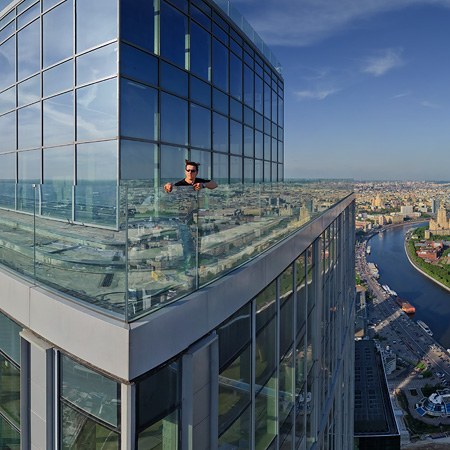 Moscow City View from the Highest Tower In Europe
Moscow City View from the Highest Tower In Europe
 Emirates Palace Hotel, Abu Dhabi, UAE
Emirates Palace Hotel, Abu Dhabi, UAE
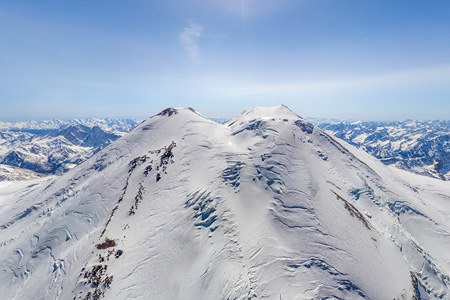 Mount Elbrus, Russia. Part I
Mount Elbrus, Russia. Part I
 Animals of Galápagos archipelago, Ecuador
Animals of Galápagos archipelago, Ecuador
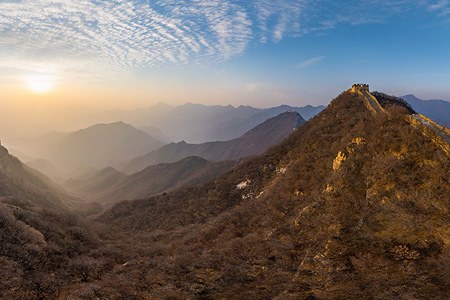 Great Wall of China. Jiankou and Jiaoshan. Part I
Great Wall of China. Jiankou and Jiaoshan. Part I
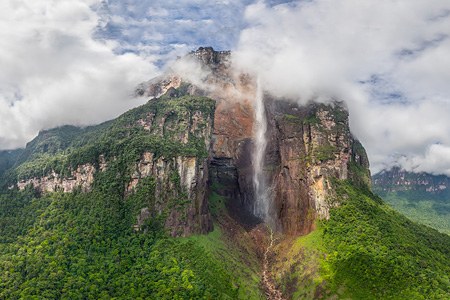 Angel Falls, Venezuela
Angel Falls, Venezuela
Show more


